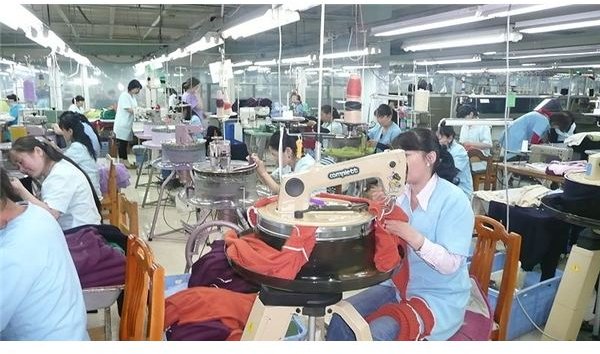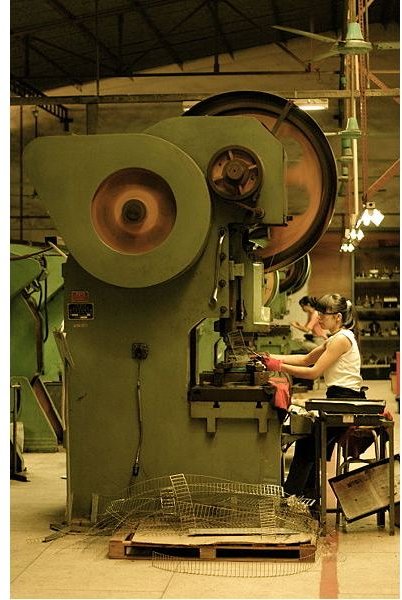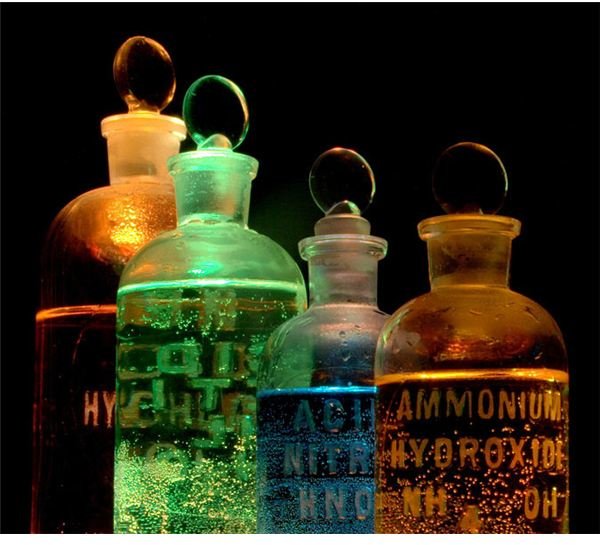Chemical Carcinogens in Industries Resulting in Work-Related Cancer Illnesses
What Gave Rise to the Cancer-Causing Agents?
Cancer cells, if not controlled and arrested, will only result to untimely death since the abnormal cells eventually take over the entire body.
When did cancer start to affect mankind as a whole? In the many studies related to cancer, it is said that between the 1940s and 1950s, an American doctor working in the chemical industry was able to establish that industrial pollutants were causing cancer growth among humans. Their number has increased since then, considering that some of the industrial contaminants accounted today were not among those that were established by the American doctor during his era.
In fact, it is said that an ordinary person contains more than a hundred different compounds in his body and most of them did not exist 60 years ago, when the said cancer-causing industrial substances were first discovered by the American doctor.
In a recent report published by the Boston University School of Public Health, the causes of cancer are not only occupational, but also environmental. There was a notable decline in cancer incidences only if there was also a decline in demand, or there were exposure-prevention measures against the industrial pollutant in the workplace.
Lung-cancer rates dropped when there was less demand for the production of tobacco, while gall-bladder cancer also dropped due to the elimination of aromatic-amines. The latter is a by-product of benzidine-based dyes as it contaminates the air in a work environment or ambient air if linked to tobacco smoke.
However, the emergence of several types of cancers is on the rise, linked to both occupational and environmental exposure. Experts agree that these carcinogens affect our bodies as we become exposed to said substance for long periods of time. Despite the previous bans on man-made chemicals during the last 15 years, the development of new chemicals that are widely used in a broad range of consumer products have likewise increased the threats of developing cancerous diseases.
So much so, that exposures to these cancer-causing substances have become unavoidable, as they are present in every facet of the environment. Their presence in home building materials, cleaning detergents, cosmetics and personal care products and in job occupations in industries that manufacture these products, will bring us to the reality that long–term and excessive exposures are now common place.
The Heightened Risks Among Industrial Workers

Based on publications released by the National Health Service (NHS), numerous manufacturing industries provide jobs that expose workers to chemical carcinogens; some examples are:
- rubber manufacturers,
- furniture making industries,
- PVC manufacturers,
- metal industries that make use of cutting oils,
- manufacturers of chemically based as well as chemically treated products,
- and the list could go on if all industry sectors (not just that of manufacturing) are to be examined, like drug laboratories, mining, farming, fishing, building and all other industries that make use of chemical substances as they are all capable of creating a hazardous work environment.
Some of the most recently included are the micro-electronic industries and their wide use of solvents, acids, plasmas, gases and toxic metals. They all require more than a hundred different types of chemicals that include the commonly known chemical carcinogens. Micro-electronic industries mostly employ women to process silicon chips in the industry’s semi-conductor section. These are used in the production of advanced technological devices for home entertainment, office equipment and mostly communications, which include cell phones as well as computers.
Elevated Risks Among Female Workers

It is quite unfortunate that breast cancer that afflicts mostly women is not included among those considered as work-related cancers. Hence, employers do not recognize or implement health and safety guidelines for it as the most common type of cancer disorder suffered by women.
The risks of excessive exposure faced by women while in the workplace, is aggravated by their use of non-work related substances that likewise contain chemical carcinogens, such as :
- cosmetics,
- personal care products,
- household cleaning detergents,
- hobby or craft materials,
- gardening implements like pesticides and weed killers,
- as well as hormone-regulating medications.
Statistics about Work-Related Cancer Deaths

The Annual Reports of the Health and Safety Executive (HSE) of UK is considered as a more comprehensive statistical report about work-related cancer deaths covering all regions and countries under Great Britain, if only as a basis for information. The HSE Annual Report is regarded as highly reliable, since the people behind the organization also assume the responsibility of enforcing occupational health and safety regulations. Moreover, they also facilitate the prosecution of those who have been found in violation of the safety standards prescribed under the UK laws.
The following are the main highlights of HSE 2008-2009 statistics report in relation to work-related cancer deaths:
-
The annual number of deaths due to work-related cancers is estimated to reach 8,000 per year.
-
Four thousand of the cancer death-estimates are due to cancer caused by asbestos exposure from previous years.
-
Of the estimated statistics, 2156 actually died from mesothelioma. Mesothelioma death statistics started in 1968 at 153 cases and has risen to 2,156 in 2007. Mesothelioma is a work-related type of cancer due to asbestos exposure in the workplace. These are found in industries engaged in the manufacture of insulation materials, floor tiles, roofing, patching compounds, door gaskets and a lot more.
In the US, the Center for Disease Control and Prevention disclosed that from 1999 to 2005, a total of 6,862 individuals who were employed by industries where asbestos fibers were in use, had died of mesothelioma. According to reports, it takes decades before a worker who inhaled great amounts of asbestos fiber in the work place can be diagnosed with the cancerous disease; hence, death due to mesothelioma often comes at retirement age.
Know the Carcinogens In Your Work Places
According to the International Agency for Research on Cancer (IARC), there are 170 chemicals classified as potential human carcinogens that are harmful even by mere exposure alone, while 250 substances or ingredients are classified as potentially carcinogenic. They can be anywhere from Asbestos to Zidovudine (HIV Drug).
Readers can find comprehensive information in IARC’s “Monographs on the Evaluation of Carcinogenic Risks to Human”. (See the link in the Reference section below). It is possible that some of these harmful chemicals and potentially dangerous substances may be found in your workplace.
References
- Image: Chinese knife factory by Taro Taylor/ Wikimedia Commons
- Environmental and occupational causes of cancer: new evidence 2005-2007: PubMed.gov –http://www.ncbi.nlm.nih.gov/pubmed/18557596?ordinalpos=1&itool=EntrezSystem2.PEntrez.Pubmed.Pubmed_ResultsPanel.Pubmed_SingleItemSupl.Pubmed_Discovery_RA&linkpos=3&log$=relatedreviews&logdbfrom=pubmed
- Reducing occupational exposure to chemical carcinogens– OxfordJournals.org – http://occmed.oxfordjournals.org/content/59/2/96.full?maxtoshow=&hits=10&RESULTFORMAT=&fulltext=(chemical+AND+carcinogens+AND+in+AND+industries)&searchid=1&FIRSTINDEX=0&resourcetype=HWCIT
- Monographs on the Evaluation of Carcinogenic Risks to Human —http://monographs.iarc.fr/ENG/Monographs/allmonos47.php
- Abestos Information: http://www.curemeso.org/site/c.duIWJfNQKiL8G/b.8578417/k.6ECA/Asbestos_Information.htm
- Image: Chemicals in flasks (including Ammonium hydroxide and Nitric acid) lit in different colours by Joe Sullivan/ Wikimedia Commons
- Image: Cashemere Factory Gobi 21 and Gobi 23 By Brücke-Osteuropa / Wikimedia Commons
- Cancer - HSE.gov.uk –http://www.hse.gov.uk/statistics/causdis/cancer/
This post is part of the series: Dangerous Carcinogens
In this series, you will find information on the carcinogens around us that can be detrimental to our health. You will read about carcinogens in plastic bottles and in industrial manufacturing and how their exposure can affect our bodies, including those that may cause cancer.
